[Tasha Classroom] To grow good flowers, you must first choose the right soil

Soil is the innate foundation of flowers. Choosing the right soil before growing flowers can often achieve twice the result with half the effort. Let's take a look at how to choose soil~
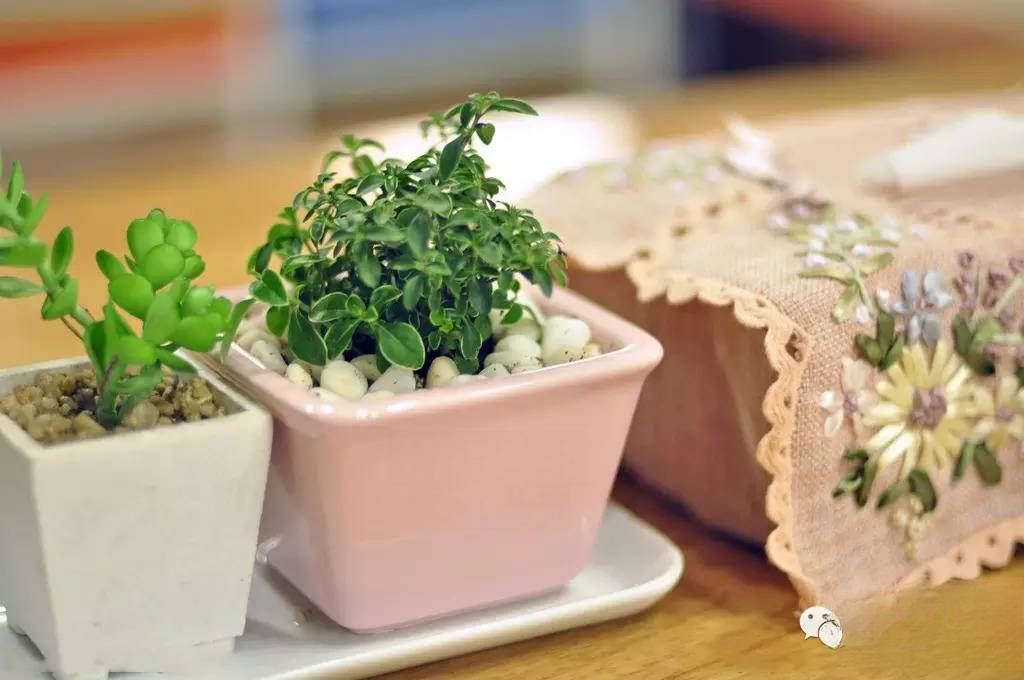
Different plants have different requirements for soil, so we must first understand the characteristics of different plants. The following are the soil characteristics that most flowers prefer:
1. Good drainage and ventilation: If the soil is heavy, compacted, and poorly drained, the root respiration of the plant will be inhibited, and the plant will not be able to absorb water and nutrients well. If the water content of such soil is not well controlled during watering, it is easy to cause root rot, yellowing of leaves, or even drying and death. Therefore, drainage and ventilation media are very important for growing plants well. Such media are generally light, loose and porous.
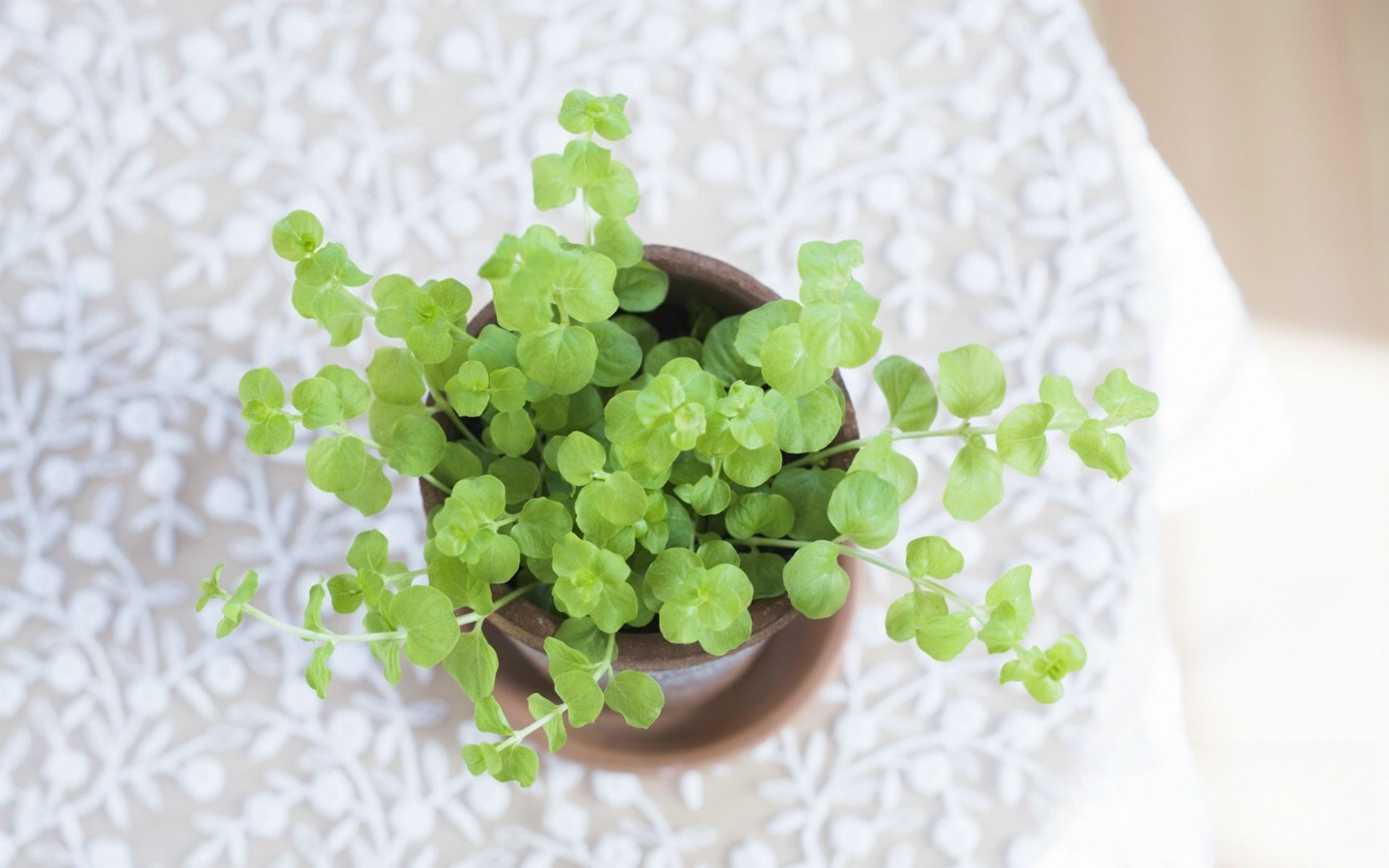
2. Sufficient fertility: Soil rich in organic matter can also release nutrients slowly and persistently, which is conducive to the growth of flowers. Some plants that grow strong and tolerate poor soil can also grow healthily in soil without much fertility. In addition, many cultivation media on the market now have no fertility. The fertility of the soil can be supplemented by adding basal fertilizer and subsequent topdressing. Generally, soil with high fertility is darker in color and has a loose texture.
3. Neutral or slightly acidic soil: Generally speaking, plants prefer neutral or slightly acidic soil. Soils rich in organic matter are mostly slightly acidic, while poor soils are mostly alkaline.
Plants that like acidic soil: rhododendron, gardenia, ferns, orchids, Milan, and jasmine.
Plants that like alkaline soil: dianthus, cactus, sweet pea, nandina, boxwood.
The pH value of the soil can be adjusted by applying ferrous sulfate, quicklime and wood ash.
Ferrous sulfate can make the soil acidic, while quicklime and wood ash can make the soil alkaline.
This is also often used in the color matching of hydrangeas.

The key factor affecting the quality of soil is soil texture. Soil texture is a very stable natural property of soil, determined by the structure of soil particles, and can be divided into three categories: sandy soil, loam and clay .
Sandy soil: The gaps between small particles in sandy soil are large, and the permeability is good, but it is not conducive to water and fertilizer retention. That is, after watering, the water and nutrients are easily lost. Therefore, the frequency of watering in sandy soil is higher than that in loam. In addition, the soil temperature of sandy soil varies greatly with the outside temperature. If the temperature changes drastically, the root system is easily affected, resulting in poor growth.
Loam: The most suitable soil texture for growing flowers. The pores between the soil are moderate in size and the texture is loose, which is breathable and water-permeable and can retain fertilizer.
Clay: Clay has very small pores, is heavy and sticky, and is easy to harden. It has poor air permeability and water permeability. It takes a long time for water to seep down and flow out of the bottom of the pot after frequent watering. At the same time, the water in clay is not easy to dissipate. If watering is improper, the roots of plants are easy to rot. Therefore, it is not recommended to grow common flowers in clay, but aquatic plants can.
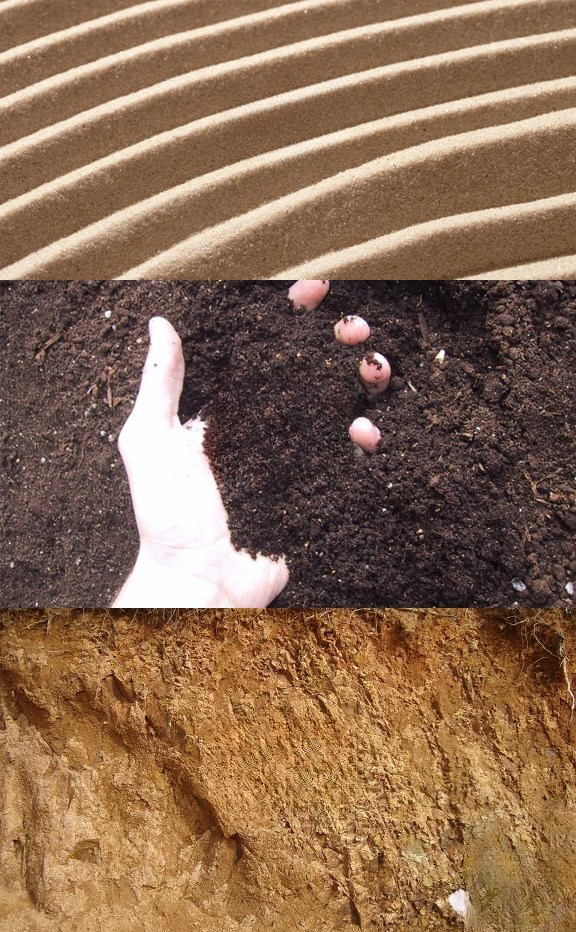
How to distinguish these three types of soil?
We can tell by how they are when they are wet.
When the loam is moist, it can be squeezed into a ball by hand, but it will fall apart as soon as you let go.
Sand cannot form a clumping mass.
Once the clay is clumped together, it won't fall apart even if you let go.
For most plants, the most suitable planting medium is loose and breathable loam.
In cities, we often see such soil, which is muddy when it rains and becomes hard and compacted after drying. This is commonly known as dead loess. It not only has no nutrients, but the soil texture is not suitable for growing flowers. It also contains a large amount of construction waste. If you grow flowers in such soil, the plants will grow poorly. Coupled with improper daily maintenance, the plants will easily die.
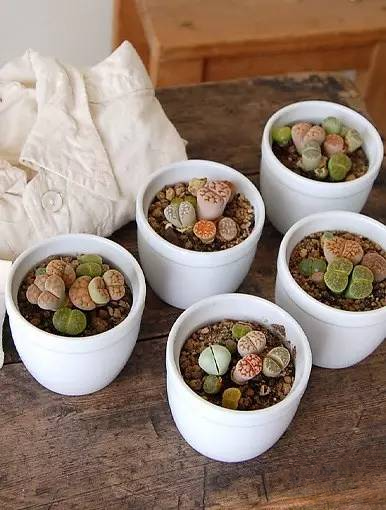
In addition to soil, there are also a variety of cultivation media on the market. These cultivation media can be roughly divided into three categories: basic media, breathable media, and orchid media .
1. Basic media: basically every type of soil preparation will use the media
Garden soil: Garden soil is also called vegetable garden soil or farmland soil. It is common cultivation soil used for farming. It has high fertility, retains water and fertilizer, and contains essential elements for plant growth. Because it has considerable weight, it can support tall plants and is not easy to collapse. The disadvantage is that it has poor drainage and air permeability, and the soil is easy to compact.
Humus soil: soil made of organic matter such as fallen leaves and sawdust, which has been fermented by microorganisms for a long time. It is loose and not easy to clump, has good water and fertilizer retention, good air permeability , and contains organic matter.
Peat soil: It is produced after being buried underground for tens of thousands of years and decomposed. It has a loose texture, is clean, light, and has the characteristics of retaining water and fertilizer. It is often mixed with other media for use.
Coconut peat: Coconut peat is the fiber powder of coconut shell. Its characteristics are strong permeability and water retention.
2. Breathable media: Add a small amount to improve the air and water permeability of the soil
Vermiculite: Vermiculite can be used as a soil conditioner to improve soil permeability and water content. Vermiculite can also act as a buffer, allowing fertilizers to be released slowly in the crop growth medium and allowing a slight excess of fertilizers to be used without harming the plants.
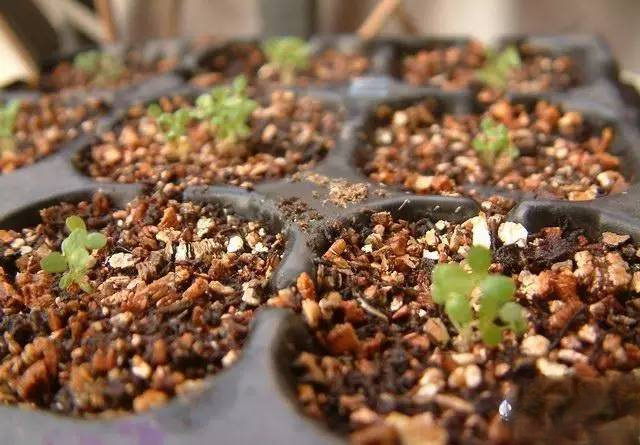
Orchid stone: also called planting stone, it is porous, with gaps visible to the naked eye, so it has strong water absorption and water retention; and because it is in granular form, there are large gaps between the particles when stacked, so it has relatively good air permeability. It is not easy for orchids to rot, clean and beautiful, and is an ideal medium for planting orchids.
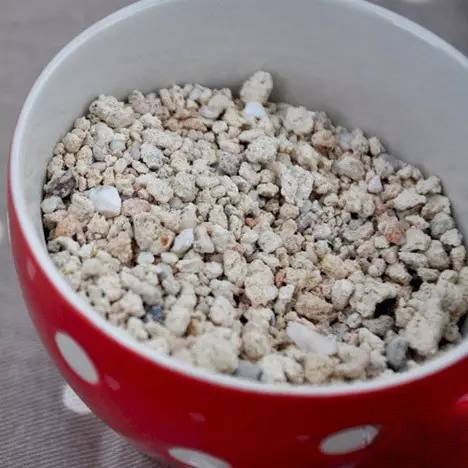
Akadama: Granular, formed by the accumulation of volcanic ash, slightly acidic and free of harmful bacteria, commonly used soil for potted plants, with good air permeability, water retention and fertilizer retention properties. It can be used alone or mixed with other media.
River sand: It has average water retention, good air permeability, and can be reused. It can be used, but the disadvantage is soil leakage.
Coal ash: A product of burning coal, it has strong air permeability and average water retention. It needs to be soaked in water for a period of time before use to remove the heat (it will contain sulfides that will harm plants).
Perlite: Made from limestone treated at high temperatures, it is light in granular form and has good drainage and air permeability. It is often used in combination with peat soil and is suitable for sowing and cutting propagation.
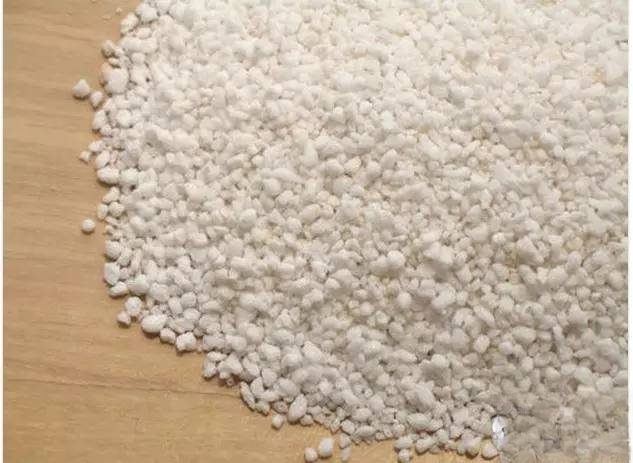
Gravel : rock or mineral debris, mixed with soil to increase air permeability and drainage.
Clay:The round particles made of fired clay are sterile, odorless, full of pores and heavy in weight. They can be used to fix hydroponic flowers, or placed at the bottom of the pot as a waterproof layer to facilitate drainage and ventilation.
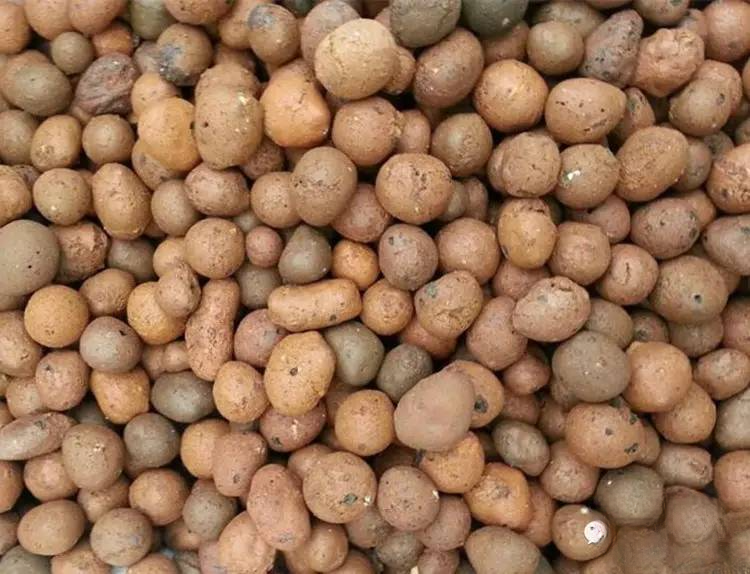
3. Orchids: Excellent air permeability, suitable for the cultivation medium of orchids with high air permeability requirements
Snakewood shavings: Made from chopped aerial roots of snakewood, they have good ventilation but relatively poor water retention. They have different uses depending on their thickness. The coarse ones are used to grow orchids, while the fine ones can be used as a culture soil matrix.
Coconut shell blocks: Coconut shell shredded support, the shape is usually rectangular or irregular pieces, cheap and water retention, cheap and water retention is better than snake wood chips
Pine scales: the remaining material from wood processing, used to grow morning glories or spread on the surface of the medium to create a natural style
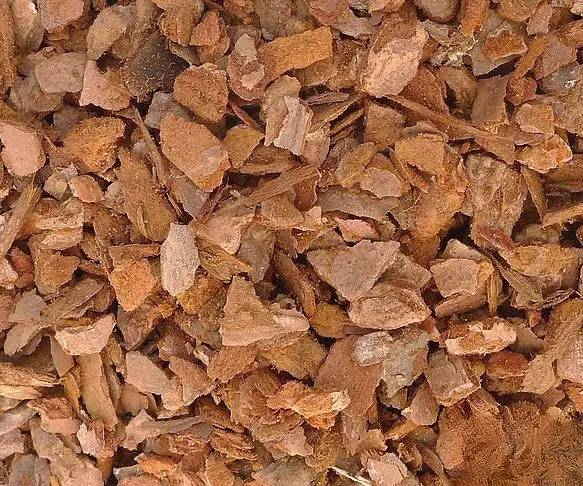
Sphagnum moss: Made from dried moss plants, it has good water absorption and water retention properties
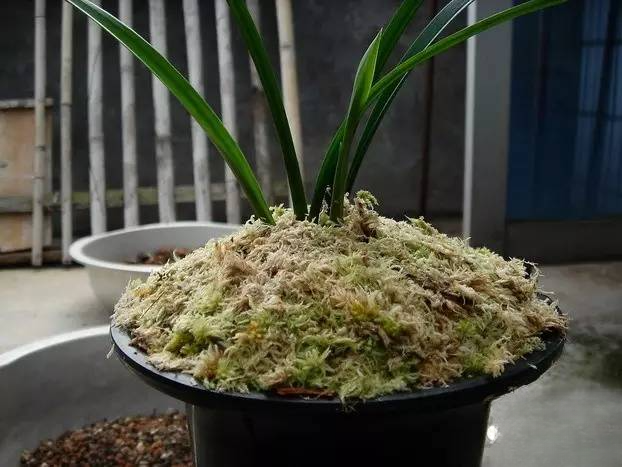
For novice flower growers, the best option is to choose pre-mixed growing soil for different plants. For example, the growing soil for succulents can meet the needs well and reduce the probability of flower death.
If you have some gardening experience, you can prepare the soil yourself according to the characteristics and needs of the plants. Just choose a basic medium + 1 to 3 breathable mediums. Generally speaking:
For indoor plants, it is advisable to choose artificially prepared, fertilizer-free media to avoid breeding mosquitoes;
For outdoor use, it is advisable to choose high-quality soil to firmly support the plants;
It is advisable to choose a medium with strong water retention properties for the roof .
If you water frequently , use soil with good drainage. If you don’t have much time to take care of the plants, use soil with good water retention.
Configuration requirements: loose and breathable, good drainage, strong water retention capacity, good air permeability, fertile
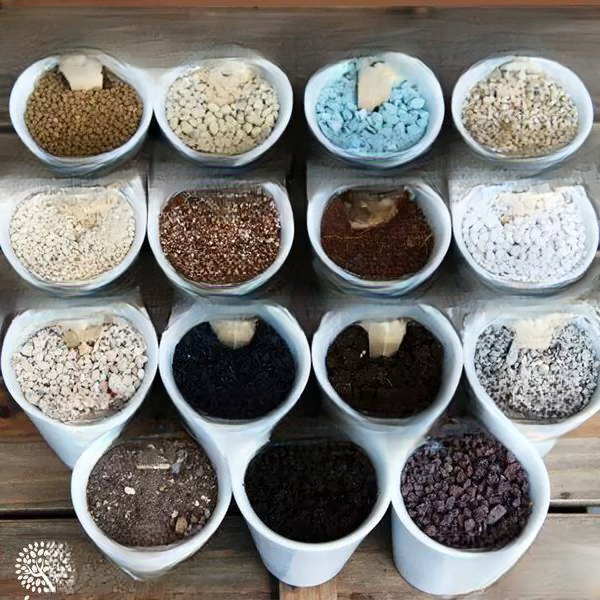
Universal flower culture soil
Peat soil: humus soil: garden soil: river sand: cake fertilizer residue: =3:1.5:3:2:0.5
For flowers with well-developed root systems and vigorous growth (fuchsia, chrysanthemum, tiger tail orchid)
Garden soil: leaf mold: rice husk ash: coarse sand = 2:1:1:1
For plants that like shade and moisture (ferns, evergreens, monstera, and hanging bamboo)
Garden soil: river sand: sawdust (or peat soil) = 2:1:1
For acid-loving and shade-tolerant flowers
Leaf mold: peat soil: sawdust: vermiculite (or mature manure soil) = 4:4:1:1
Leaf mold (or peat soil): garden soil: river sand = 4:3:2.5, add a small amount of bone meal and decomposed cake fertilizer
For epiphytic cacti
Leaf mold: garden soil: river sand: bone meal: wood ash = 3:3:3:1:1
For terrestrial cacti (cactus, prickly pear, mountain shadow fist)
Leaf mold: garden soil: coarse sand: finely crushed tile scraps (or limestone gravel) = 2:3:4:1
For sowing, cutting and seedling raising
Sowing: Garden soil: Rice husk ash: River sand = 2:1:1
Cutting: Garden soil: rice husk ash (or vermiculite) = 1:1
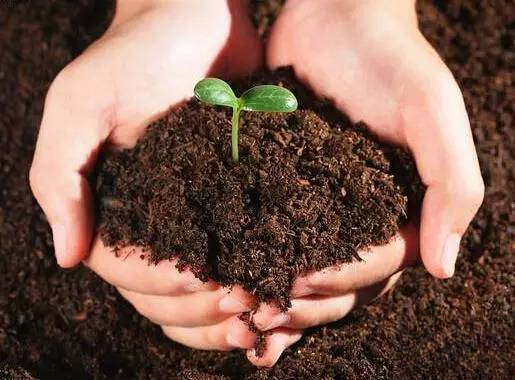
However, most people are too lazy to make their own nutrient soil. You can buy the corresponding nutrient soil in the store, such as general-purpose flower soil, orchid-specific soil, succulent-specific soil, and seedling-specific soil ... It saves time and effort~
Okay, Tasha's class ends here first~

Review of previous articles
1. [Expert sharing] Teach you how to make the most beautiful flower vase with a few pieces of wire!
2. Here is a gift, you will definitely like it
3. I want to give you the most beautiful cake in the world
Tasha has activated the ** function, come and ** hook up with me ?υ?